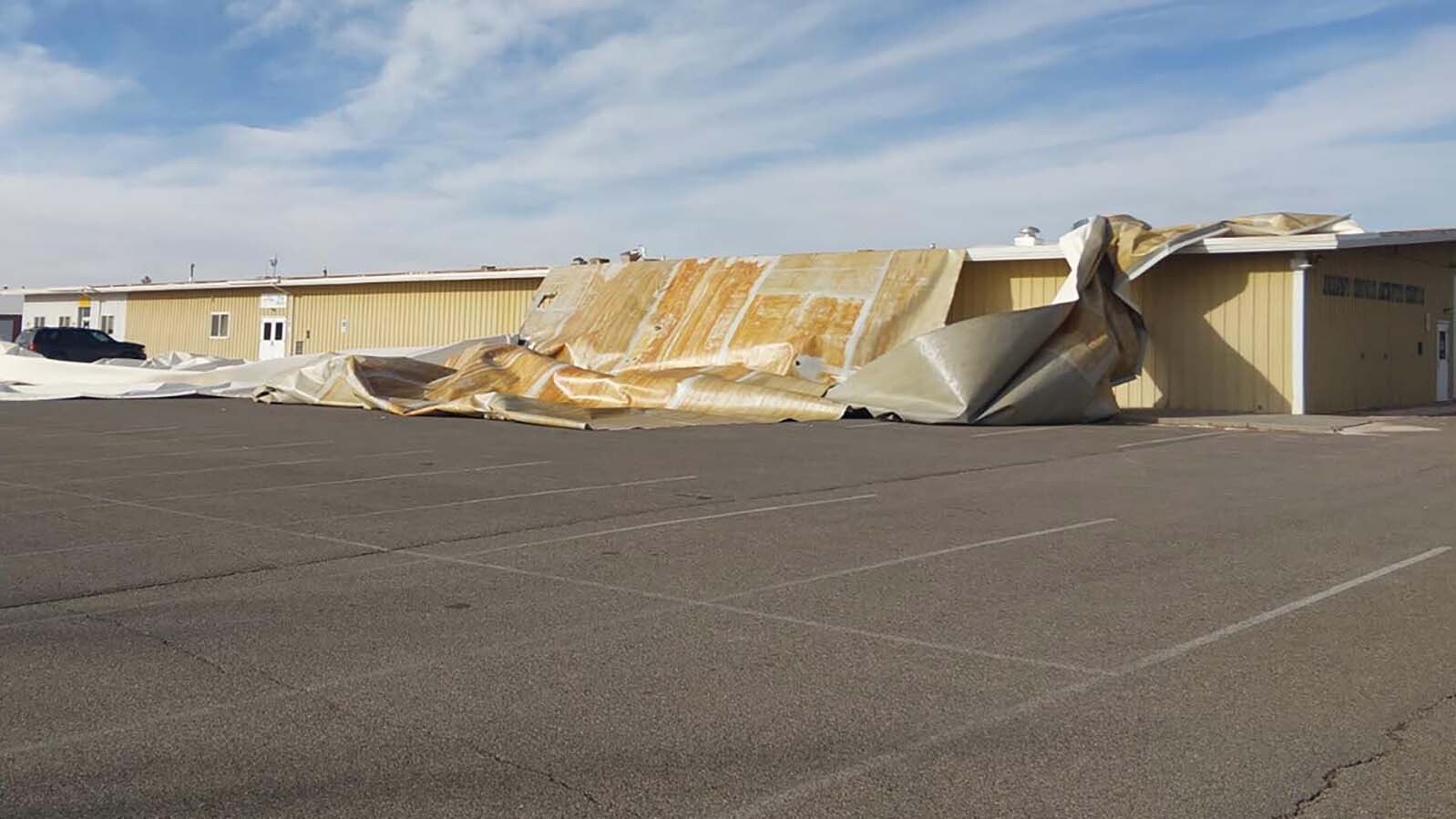July 12,1864, was a sultry day, typical of those people today are experiencing near Glenrock, Wyoming. The sun beat down on the emigrant trails that connected the eastern population centers with the growing territories of the far West.
Wyoming did not become a territory for another four years and statehood was 22 years after that.
By 1864, the war between the United States and the Southern Confederacy had spread from coast to coast. That conflict, combined with the1862 Conscription and Homestead Acts, served to entice record numbers of emigrants to go West.
A flood of people traveled through isolated places like Box Elder Creek. The migration of so many emigrants and their livestock placed enormous stress upon the lands and the indigenous peoples of the West.
Agents of discord encouraged participation in the war by Native American Nations in the heartland and far West.
In Minnesota, hostilities with the Santee Sioux exploded in summer 1863, creating the spark for one of the largest Indian wars in American history. By summer 1864, avenging columns of Union soldiers were pushing west, in their fury punishing hostile and peaceful tribes alike.
The depleted garrisons of the Western posts required that thousands of additional soldiers be raised in the West or diverted from the war in the East to quell the spreading uprisings.
Into this backdrop a small wagon company of nine adults and two children was on the move from Kansas to Idaho. Fanny Kelly was one of them, writing they were on their way to “the land of sunshine and flowers.” This group was typical of many of the thousands who were on the move in July 1864.
Kelly-Larimer Wagon Train
Their wagons were packed full of supplies, tools, and possessions necessary for starting new lives. The emigrants brought a variety of livestock necessary to transport their goods and provide food. This small company was centered around the Kelly family (Josiah, Fanny and adopted daughter Mary), and included the Larimer family (William, Sarah, son Frank), two “servants” (Andy and Franklin), Gardner Wakefield, Daniel Taylor and a Mr. Sharp.
Fanny described their initial travels in glowing terms: The West was a sea of grass spattered with carpets of colorful wildflowers. They crossed the Kansas and Platte rivers at a slow, steady pace.
Occasional torrential rains added drama to the trip, but as they entered that part of Dakota Territory, soon to become Wyoming Territory, there were no inklings of greater dangers ahead. They were aware of the troubles in Minnesota, but none of the local ranches or telegraph stations knew of recent hostilities in the immediate area.
In the waning afternoon light, they crossed Box Elder Creek. It was time to find a suitable place for preparing their evening meal and camping. The cool of the night promised relief from the heat of the day.
Gardner and little Mary sang as they enjoyed the spectacle of the setting sun.
Their enjoyment was brought to a sudden end when the emigrants spied a group of an estimated 250 Indian warriors dressed and equipped for combat occupying the bluff before them. The terrified pioneers arranged their wagons into a defensive circle.
Warriors Surround The Wagon Company
A small party of Indians detached from the main group and approached the wagon laager, or defensive formation. The hundreds of warriors on the bluff spread out, surrounding the wagons at a distance. As leader of the wagon company, Josiah resolved to stand his ground until his spouse, Fanny, convinced him to conciliate the tribesmen and avoid bloodshed. He left to meet with the Indians. He learned that they were led by Ottawa, an Oglala chief.
Tribes along the emigrant trails sometimes demanded tolls of wagon trains crossing their homelands. It might have seemed as such when Ottawa claimed he and his men had peaceful intent. Josiah reluctantly accepted an Indian pony in exchange for his favorite racehorse.
More from fear than generosity, the emigrants gave away flour, sugar, livestock and “bartered” clothing for a pair of moccasins. The trading was at an end when the Indians demanded guns.
Ottawa suggested that the emigrants proceed on their way. He maintained the illusion of peaceful intent by insisting that his warriors assist the wagon train by driving their herd of livestock to their campsite.
As the wagons approached a narrow rocky glen, Josiah feared a trap and halted the train. He proposed to make supper for the guests and hopefully send his unwanted escort on its way. The emigrants went through their practiced duties of preparing the evening meal in hopes that the Lakota would be satisfied and leave them in peace.
The Attack
The preparations were as yet unfinished when the warriors let loose a deadly volley of arrows and bullets at the pioneers. Daniel and Mr. Sharp fell dead. Gardner received serious wounds. Franklin was pierced by arrows and, unable to move, was finished off. William suffered a painful arrow wound to his groin area.
Josiah, Andy and William hid among tall grass, timber and bushes, making their escapes. Josiah was saved in this by the intercession of a large rattlesnake. It was a lucky break when the serpent frightened a warrior away from his hiding place before spotting the fugitive.
While the surviving men from the wagon train fled, Indians captured the women and children. Confusion reigned in the camp as the possessions of the emigrants were seized and looted. The attacking Indians smashed boxes, and an ominous victory celebration echoed from the site. The attackers also terrorized the women and children.
Another family moving westward approached the scene as the Kelly-Larimer Company’s belongings were divided. The Lakota noticed the newcomers, mounted their horses and charged. A man riding in front of the wagon was killed by a storm of arrows. The wagon was turned in a desperate attempt to outrun the fast-approaching warriors.
The driver handed the whip and lines to his wife and tossed possessions from the wagon on to the prairie. This lightened the load for the livestock pulling the wagon, while placing tempting spoils in the path of the pursuers. Having emptied the wagon, the emigrant man fired his pistol at the warriors. The wagon, riddled with arrows and bullet holes, soon reached the camp of a large wagon company, which took them in and prepared a defense.
This same wagon company was found later by Josiah and his fellow fugitives. The refuge company increased its size by drawing in other small groups of emigrants for mutual defense. It was some time before they believed they had enough armed men to proceed.
On the return to scene of the attack, Josiah discovered Gardner. The wounded man had been hit by three arrows and managed to flee roughly a quarter mile before collapsing. Josiah tended Gardner’s wounds.
Fanny was convinced that her husband and all the men must surely be dead. She did all she could to calm Sarah and the two children, and begged Ottawa for protection.
Once the wagons were thoroughly pillaged, the women and children were placed on horses. Fanny’s mount fell, injuring her. She and her adopted daughter were placed on another horse and led away from the scene of the attack. A few of the cattle were shot and left to rot — non were taken as booty.

In Captivity
Such was the start of a five-month captivity for Fanny.
She soon was separated from Sarah and Frank, who escaped after a day in captivity. There were other escape attempts, including one that resulted in the death of Mary.
Fanny was beaten, starved and otherwise mistreated during her ordeal. She was valuable to her captors for her writing skills. She cleverly inserted secret messages into missives her captors sent to the military or to ransom negotiators.
Her insertions provided useful information of the schemes of the Lakota. In recognition of this service, she would later be awarded a handsome sum by Congress.
Fanny was present at the Battle of Killdeer Mountain and the defense of the Fiske government wagon train lager (Fort Dilts), where Sitting Bull was wounded in the hip.
Josiah unsuccessfully tried to ransom Fanny. She was traded between tribes, and before 1864 ended was freed by a trade for horses.
President Lincoln took a personal interest in the situation and approved ransoming her.
After her release, Fanny learned Josiah was alive. Together, they visited Mary’s grave. The couple remained together until Josiah’s death in 1867.
Fanny was an astute observer who detailed Sioux customs and events of her months living as a captive. Fanny and Sarah met again after their captivities and worked together on a joint narrative.
According to Fanny, Sarah took episodes from the collaborative manuscript and published it as her own in 1870. Fanny published her own narrative in 1871. The two former captives spent years as adversaries in litigation resolving the issues of authorship and royalties.
A Footnote: Stranger Than Fiction
On the same day that Fanny and her companions were attacked, a Confederate army was assaulting Fort Stevens near Washington, D.C. President Abraham Lincoln went to the fort to observe the action.
While on the ramparts the president was targeted by Confederate sharpshooters. A Union officer standing nearby, young Oliver Wendell Holmes Jr., shouted to the president, “Get down, you damned fool!” And he did.







